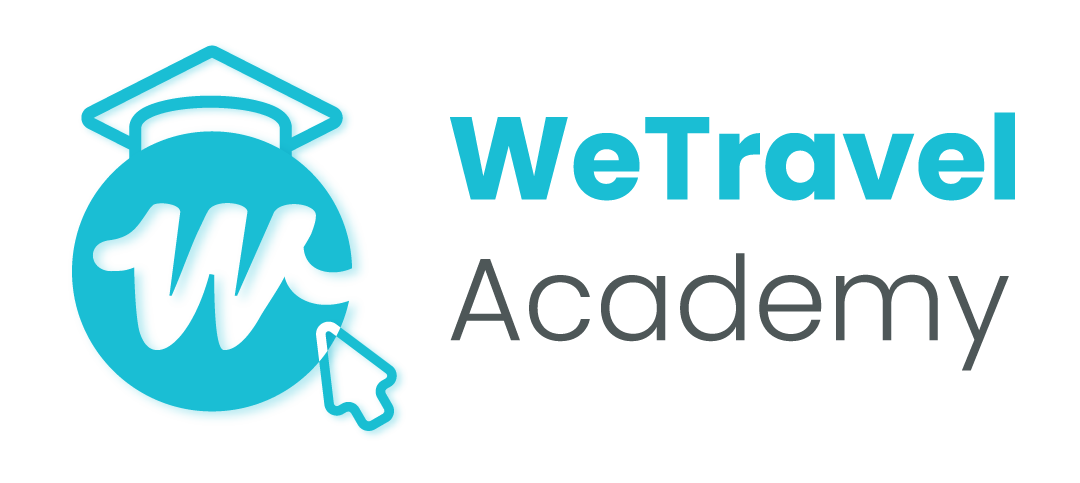How To Use HARO To Get Media Coverage For Your Travel Brand
Help a Reporter Out, better known as HARO, is a website that connects journalists, publications, and bloggers to expert sources. Journalists use it to bolster their writing with input from credible experts who provide insights on topics they’re covering. In turn, sources get daily opportunities to secure media coverage and increased visibility for their brand.
All sorts of industries access the platform, as do various well and lesser-known journalists and publications. If you’re an industry expert on a particular matter of travel, knowing how to use HARO can be a handy tool to raise your brand profile.
Download FREE eBook
The Ultimate Guide To Scaling Your Tour Operator Business
A 150-page guide that covers everything from establishing a winning travel brand to delivering a market-leading service
What Do You Use The Platform For?
HARO can be used as a tool to build brand awareness for your business, your website, or even yourself. As you are dealing with journalists searching for credible sources, essentially, you will be able to establish yourself as an expert in your particular field.
Of course, creating a connection with journalists or bloggers is beneficial if you want to feature your business in the media more often. Aside from the recognition and credibility it gives your brand, it will also boost your website’s SEO, as you receive backlinks from the authoritative news sites.

How To Use HARO For Travel Brands
As we mentioned, knowing how to use HARO can help you get media coverage for your brand. With the right reporters, bloggers, and source experts connected, it can potentially be a very authoritative network.
At the moment, there are over 800,000 sources and 55,000 bloggers and journalists registered on the platform. It’s also free to use, although the paid subscriptions do provide a more refined and focused experience. That’s because you can filter keywords alerts to receive the most relevant requests.
Let’s take a closer look at how to use the platform to build your travel brand awareness.
Set Up An Account and Profile
There are two options when registering with HARO. Either to sign up as a Reporter or a Source. You’re going to need to select the Source option.
Once you have submitted all the required information and confirmed email addresses, you're ready to go.

Check Your Inbox
Now for the most important section of how to use HARO. Three times a day, you'll receive an email with a list of journalist requests. The requests are grouped in links according to the field of expertise, so look out for the relevant ones in travel that would apply to you.
Typically, the requests include various source requirements. This is where the journalists specify who they're looking to get information from. It could be a specific job title, area of expertise, etc. If you're a fit, click on a link to submit a response.
You don't have to respond to every request or query you receive. You'll be offering better value to the reporter if you only respond to those that you're an expert on, and are relevant to your travel brand.

Prepare Your Pitch
Once you’ve found a request that you feel you’d be a good fit for, you need to prepare your pitch to respond to the journalist or blogger.
Write a compelling response that answers their questions directly. For example, if the query asks Advice for choosing a walking safari in South Africa and your company brand offers just that, provide insights from an industry expert perspective. Don’t digress and select an alternative country where you also operate to speak on.
It’s also advisable to include some quotable lines in your response. They make for a great attention grabber and if you’re an authority in the field, adds weight to the writing.
Finally, offer up the credentials that qualify you to answer the query, as well as your contact details. Let the reporter or blogger know that you’re happy to provide them with more information should they need it.
Send It
You can do this either on the HARO platform or via email. Give your pitch a final glance over for accuracy, and then hit send. The sooner you send the response, the better. It’s a little like Google, there are only so many results the reporter will be willing to browse through.

Set Up Google Alerts
Due to the sheer volume of responses the journalists receive, it's impossible to respond to all of them. Especially if they decide to not utilise a response. Even if they do though, some will let you know while others don't. An easy way to track this is to set up google alerts for your business or brand name.
Here you can opt to receive alerts to any mention of your name to your Gmail account. Be sure to enter the name details you want to receive alerts to exactly as they appear on HARO. If a reporter does use your response and attributes it to you, google will pick it up and notify you.
Say Thanks
Should your response be selected, remember to send a follow-up and thank the journalist in question. You are trying to build a relationship, after all. So acknowledging the exposure and offering your services in the future, might mean the difference between being contacted directly or submitting a response that needs to be picked out from hundreds of others.
Finally, share their article to your social media, website, and other relevant platforms to build your brand awareness for your travel company.

Best Practices
Do
- Respond quickly
- Get straight to the point and keep your answers short
- Directly answer the question being asked
- Supply your contact information
- Write using quotable lines
- Create your own pitch template
- Recycle content if it’s not picked up
Don’t
- Be overly salesy
- Miss stipulated submission deadlines
- Send generic pitches
Keep in Mind
As the source to journalist ratio is hugely uneven, reporters typically receive hundreds of pitches for every request they send out. Therefore, the more concise and to the point your response is to answer their request, the better.
If you don’t get a response to your pitch and it doesn’t get picked up, simply see if there’s anything to learn from the experience and move onto the next one. Knowing how to use HARO platform means the next opportunity to get some media coverage for your travel brand is always right around the corner.
New resources, straight to your inbox
We’re committed to your privacy. WeTravel uses the information you provide to us to contact you about our relevant content, products, and services. You may unsubscribe at any time.





